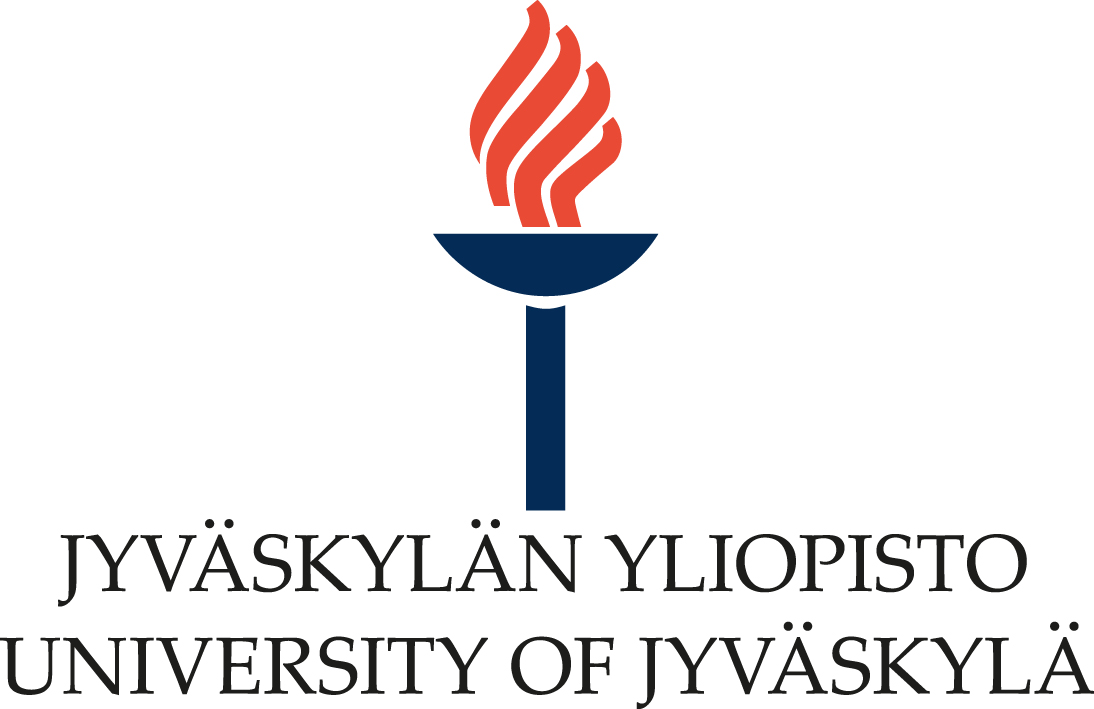
In this page: Digital Twin Model | Resources | Partners
Forest Biodiversity Dynamics
The Prototype Biodiversity Digital Twin (Forest pDT) for Forest Biodiversity Dynamics is a modelling tool designed to predict and manage forest biodiversity under several various management strategies and climate change scenarios for forests. It is clear that forests play an essential role in supporting biodiversity, however, they face continuous threats from both human activities and climate change, and evidence shows that for example these affect species composition, habitat quality, and ecosystem resilience. Effective forest management strategies are needed to mitigate these threats and ensure the long-term sustainability of forest ecosystems. This prototype digital twin integrates advanced forest simulations and biodiversity models to provide actionable insights, helping stakeholders make informed decisions that promote biodiversity conservation and adapt to changing environmental conditions.
The Forest pDT leverages advanced modelling tools such as LANDIS-II for forest simulation and Hierarchical Modelling of Species Communities (HMSC) for biodiversity modelling. By integrating these models, the pDT simulates forest succession, disturbances, and species-environment relationships, while also offering insights into how different management strategies and climate scenarios influence biodiversity dynamics over time thus aiding decision making. Our initial focus is on exploring the diverse forests and bird species found in Finland, with future plans to expand our research and conservation efforts to other European countries and a broader range of species.
*This prototype digital twin is in early access and intended for research purposes only; do not use for decision-making or operational purposes.
Forest Biodiversity Dynamics and Digital Twin Models
Models/Workflows
1. Replica of the Forest: The Forest pDT leverages the power of LANDIS-II, a landscape model written in C# and available as open-source software on GitHub. LANDIS-II is designed to simulate forest succession and disturbances over time, providing a detailed understanding of forest dynamics. The pDT utilizes the PnET-Succession extension, version 4.0.1, of LANDIS-II, which allows accurate and comprehensive simulations of forest growth, mortality, and regeneration. This modeling framework, coupled with extensive documentation and a wide range of available extensions, provides a powerful tool for exploring and managing forest biodiversity under various scenarios.
2. Replica of the Species Living in the Forest: The Forest pDT integrates biodiversity modeling using HMSC, developed in the R programming language. HMSC is a model-based framework for analyzing community ecological data, providing insights into species distributions and interactions. The HMSC R-package is available on CRAN, with the development version accessible on GitHub. This powerful tool allows the pDT to simulate species-environment relationships, predicting how different management strategies and climate scenarios will impact biodiversity over time.
3. Digital Twin Application: The Forest pDT translates its modeling results into actionable insights through a digital twin application designed to identify the most suitable forest management strategies. This process utilizes interactive multiobjective optimization methods, iteratively exploring potential management options to find the best balance between ecological, economic, and social goals. The DESDEO framework, developed in Python and available on GitHub, provides the foundation for this decision-making process, ensuring a robust and transparent approach to finding the optimal management strategy for a given forest ecosystem.
Who can use the pDT?
The Forest pDT is a valuable tool for a wide range of stakeholders involved in forest management and conservation. Here are some examples:
Forest managers: The pDT can help forest managers make informed decisions about timber harvesting and other management activities to ensure the long-term health and biodiversity of their forests.
Policymakers: The pDT can provide evidence-based insights to inform policy decisions related to forest conservation, climate change mitigation, and sustainable forest management.
Researchers: Scientists can use the pDT to test hypotheses, explore different scenarios, and gain a deeper understanding of forest ecosystems and biodiversity dynamics.
Conservation organisations: The pDT can help conservation organizations prioritize conservation efforts and develop effective strategies for protecting endangered species and habitats.
In essence, anyone who is interested in understanding and managing forest ecosystems can benefit from using the Forest pDT.

